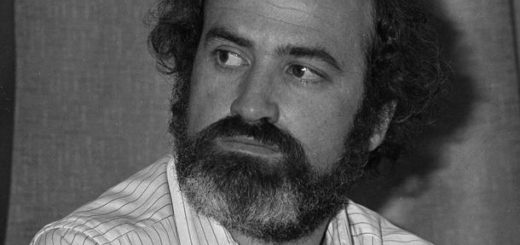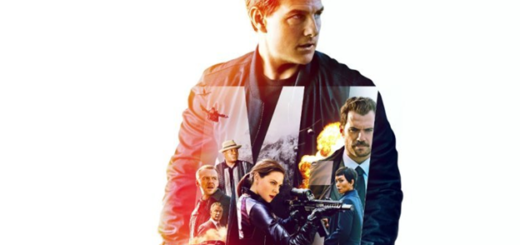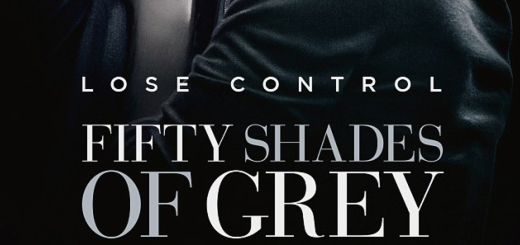GAME: The Relationship Between Video Games and the Modern Thriller
Crossfader is excited to premiere its very first video essay!
Leaving a screening for DON’T BREATHE earlier this year, I was struck with a wave of nostalgia. The sensations Fede Alvarez’s horror thriller left me with reminded me of my younger days, hesitating to even enter a room in RESIDENT EVIL: CODE VERONICA. The stark darkness and overall sense of unease for every step I took was a heavy feeling that’ll never leave my mind. I was thankful, and impressed, that such mental consideration, from a player perspective, could be even vaguely recreated with cinema. I then realized that I felt this with an earlier film from the year, THE SHALLOWS, and then even earlier with 10 CLOVERFIELD LANE. This was bridged with my fascination with last year’s UNTIL DAWN, a game that tightrope-walked the line of “uncanny valley” not only visually, but in its cinematic structure.
Aside from divisive videogame-to-film adaptations, and vice versa, the nature of these two mediums has always danced around each other, but never intertwines closer than with choice-specific storytelling. It’s a fascinating relationship that seems to almost dare each partner to try out something new. The unique outpour of horror, thriller, and other kinds of films that utilize game elements, big and small, in their form and function made me want to explore this relationship. In this video essay, I look at the simple and more complex ways video games and films, particularly in the horror/thriller sect, give and take from each others’ skill sets. These connections find root in game theory, cinema’s history, and ever evolving and cyclical experimental storytelling function. Also, 10 CLOVERFIELD LANE was awesome, looking back.




Obviously the writing was unbelievable, but can we discuss the mind-blowing cuts that happened in the span of only 18 minutes?